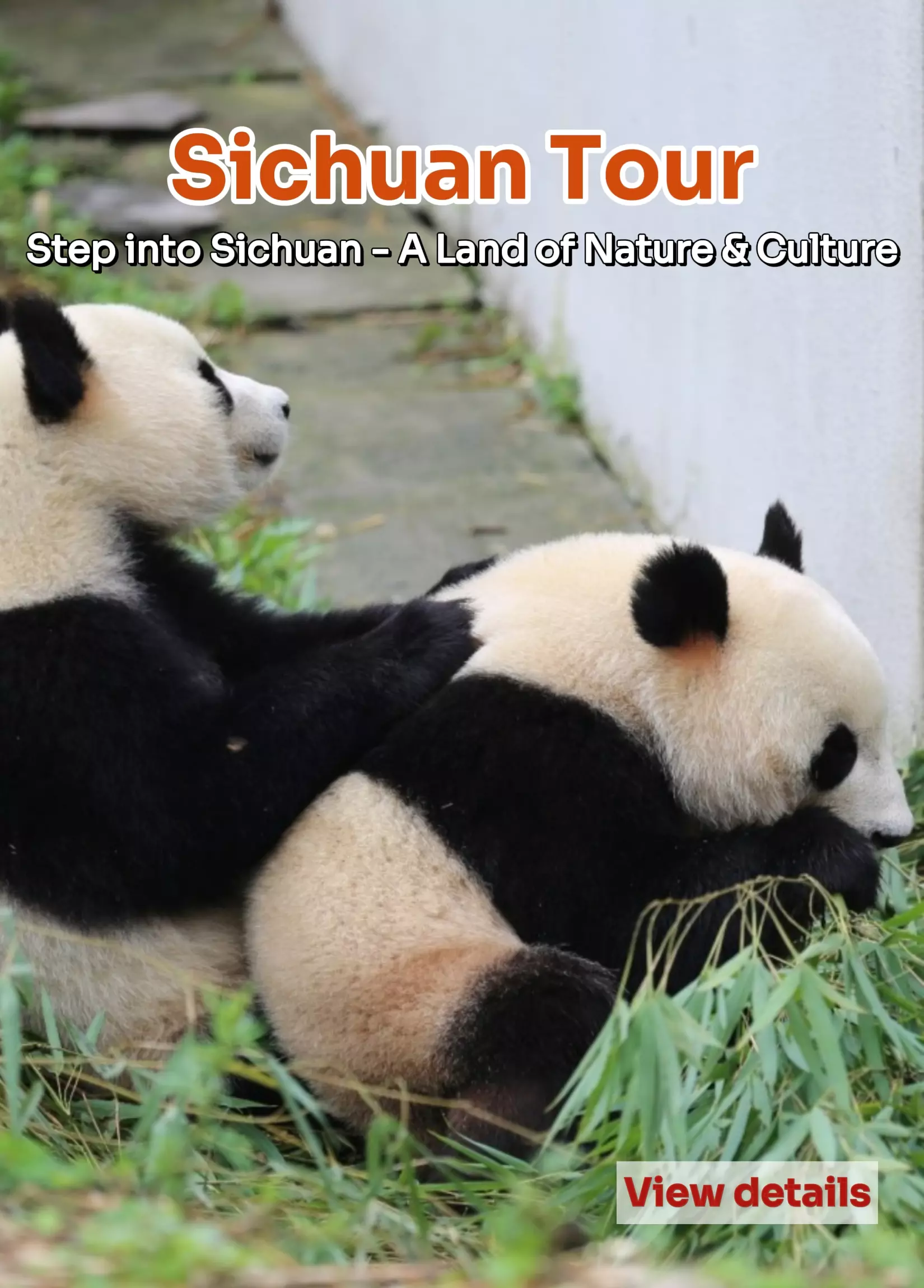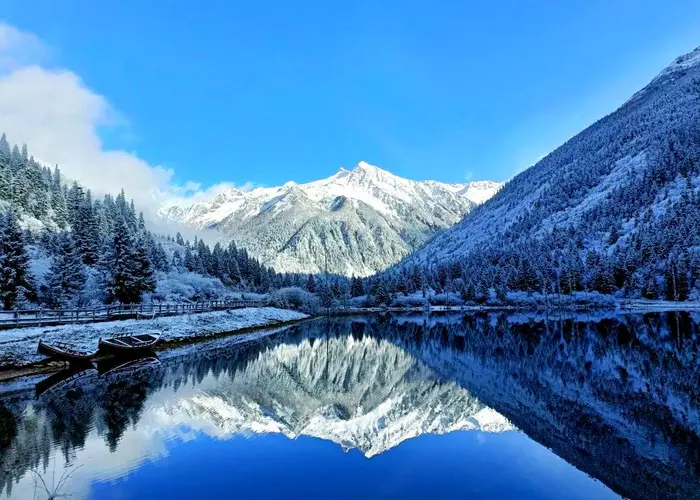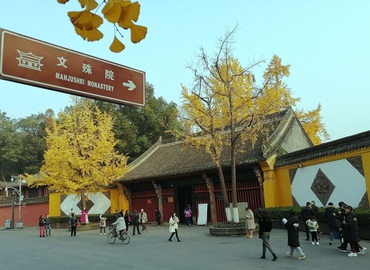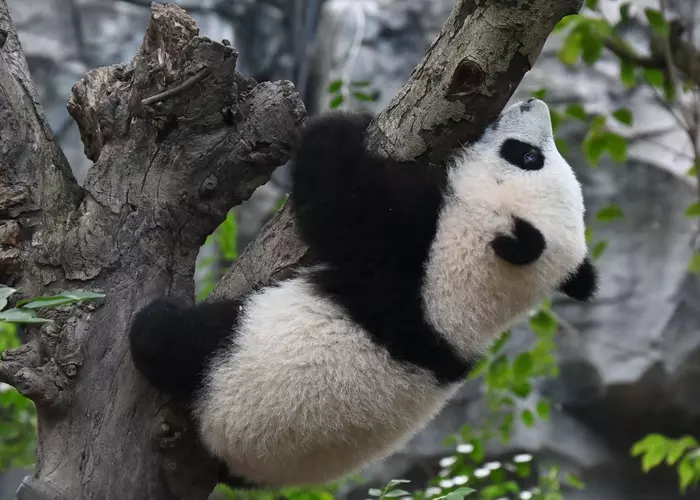How to Plan a Trip to Sichuan?
- Beatrice
- Last Updated : 12/26/2025
Sichuan, known for its vibrant culture, stunning landscapes, and world-famous cuisine, promises an unforgettable travel experience. From historical sites to the natural beauty of Jiuzhaigou and encounters with giant pandas, planning your trip requires some preparation.
With its vast size and varied climate, Sichuan can be overwhelming for first-time visitors. Understanding the best times to visit, key destinations, and how to navigate the region’s transport options will help you create an itinerary tailored to your interests.
This guide will help you plan an unforgettable adventure in Sichuan, ensuring you experience its cultural gems, scenic wonders, and local flavor.
Content Preview
Best to Visit Sichuan
The best times to travel to Sichuan are March to May and September to November. During these periods, temperatures are mild (10°C to 25°C), ideal for visiting Chengdu, Emei Mountain, Jiuzhaigou, and Daocheng Yading, with fresh and pleasant scenery. From June to August, the Sichuan Basin (e.g., Chengdu) is hot (25°C to 33°C) and humid, while high-altitude areas like Qingcheng Mountain and Western Sichuan remain cool (15°C to 20°C), making them great summer resorts. However, July and August are the rainy season, with frequent rainfall in mountainous areas, increasing the risk of mudslides or flash floods. So monitor the weather closely and travel cautiously. December to February is not recommended for high-altitude areas like Jiuzhaigou or Siguniang Mountain, as cold temperatures and snowfall can lead to icy or closed roads, affecting the travel itinerary.
Please note that during peak season (July-August), popular attractions tend to be crowded. It is recommended to book hotels, tickets, and itineraries in advance to ensure a smooth trip.
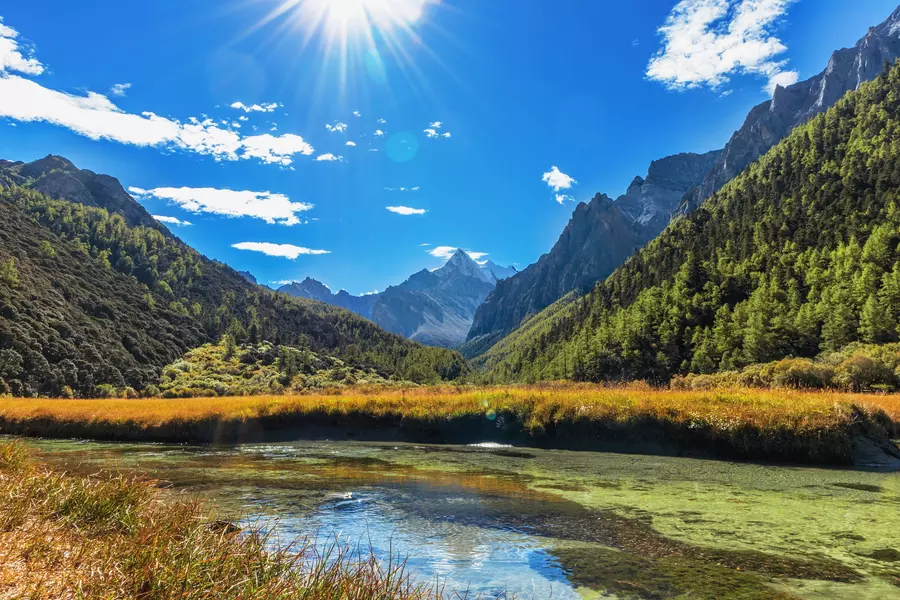
Top Travel Destinations
If you prefer historical and cultural sites, you can visit Chengdu city and its surroundings. In Chengdu, explore rich historical relics like the famous Wuhou Temple, Wenshu Monastery, and well-preserved ancient streets such as Jinli Old Street and Kuanzhai Alley. Nearby, the Leshan Giant Buddha and Mount Emei are UNESCO World Heritage Sites with both cultural and natural significance, while Mount Qingcheng and Dujiangyan are UNESCO World Cultural Heritage Sites, making them must-visit destinations in Sichuan. Of course, don’t miss the Chengdu Research Base of Giant Panda Breeding to observe pandas up close.
If you prefer natural landscapes, Jiuzhaigou and Huanglong, as well as Daocheng Yading are all worth visiting. Jiuzhaigou is famous for its emerald lakes, tiered waterfalls, colorful forests, snow-capped peaks, and Tibetan-influenced scenery. Daocheng Yading is known as the "Last Shangri-La," surrounded by three sacred mountains, with lakes like Milk Sea and Five-Color Sea reflecting the snow-capped peaks, offering vibrant colors.
For outdoor adventure lovers, visit the Four Girls Mountain (Siguniang Mountain), which is a perfect place for mountaineering, hiking, and rock climbing — often compared to the European Alps — making it an ideal destination for challenging yourself and enjoying nature.
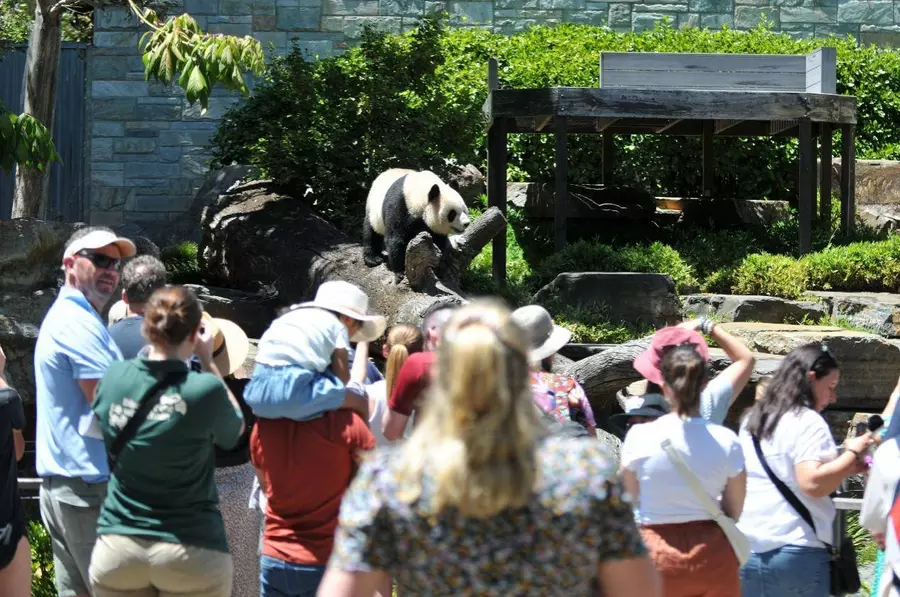
How Many Days to Spend in Sichuan?
Sichuan has a vast territory with numerous attractions, allowing for customized itineraries of different lengths based on personal interests and needs.
If you have limited time or are just passing through Chengdu as a transit point, you can focus on Chengdu and its nearby areas, such as Leshan or Emei Mountain or Mt.Qingcheng and Dujiangyan. Typically, you’ll need at least half a day to visit the Chengdu Panda Base, half a day to explore the Leshan Giant Buddha, and 1–2 days for Emei Mountain, or 1-2 days for Mt.Qingcheng and Dujiangyan.
√ 2 Days Chengdu Panda Leshan Buddha Mt.Emei Tour
√ 4 Days Dujiangyan Leshan Tour
Generally, we recommend about a week for travel, which allows a better appreciation of Sichuan’s rich history, culture, and natural scenery. There are two suggested itineraries. First, you can visit Chengdu’s most popular spot Panda Breeding Base, and nearby cultural relics such as Leshan Giant Buddha. Then you can explore Jiuzhaigou, Huanglong Scenic Area by high-speed train or Daocheng Yading by flight. Second, if you prefer natural scenery, you can choose a short loop tour around Western Sichuan (Chengdu - Siguniang Mountain - Danba - Xinduqiao - Kangding - Luding - Ya'an - Chengdu), which offers a quick view of the Western Sichuan Plateau, the Hengduan Mountains, the Western Sichuan grasslands, and Tibetan cultural charm.
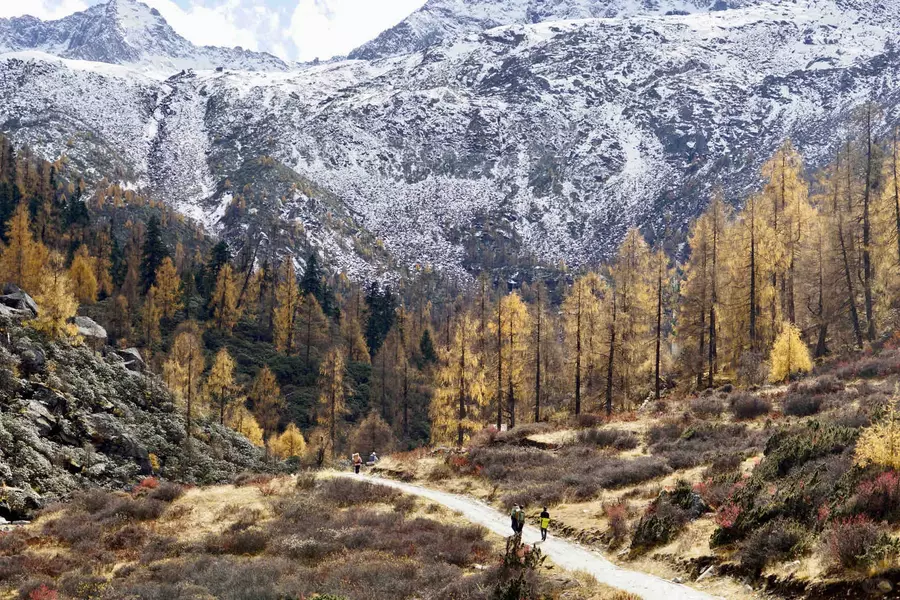
For an in-depth exploration, you can consider an 8 to 12 Days Western Sichuan Grand Tour (Chengdu - Wenchuan - Lixian - Mangkang - Seda - Ganzi - Litang - Daocheng Yading - Xinduqiao - Danba - Siguniang Mountain - Kangding - Luding - Ya'an - Chengdu). This is the most classic route in western Sichuan, crossing the region richest in flora and fauna of the Western Sichuan Plateau. It offers diverse landscapes such as farmland, forests, gorges, snow-capped mountains, meadows, lakes, and streams.
How to Get to & around Sichuan
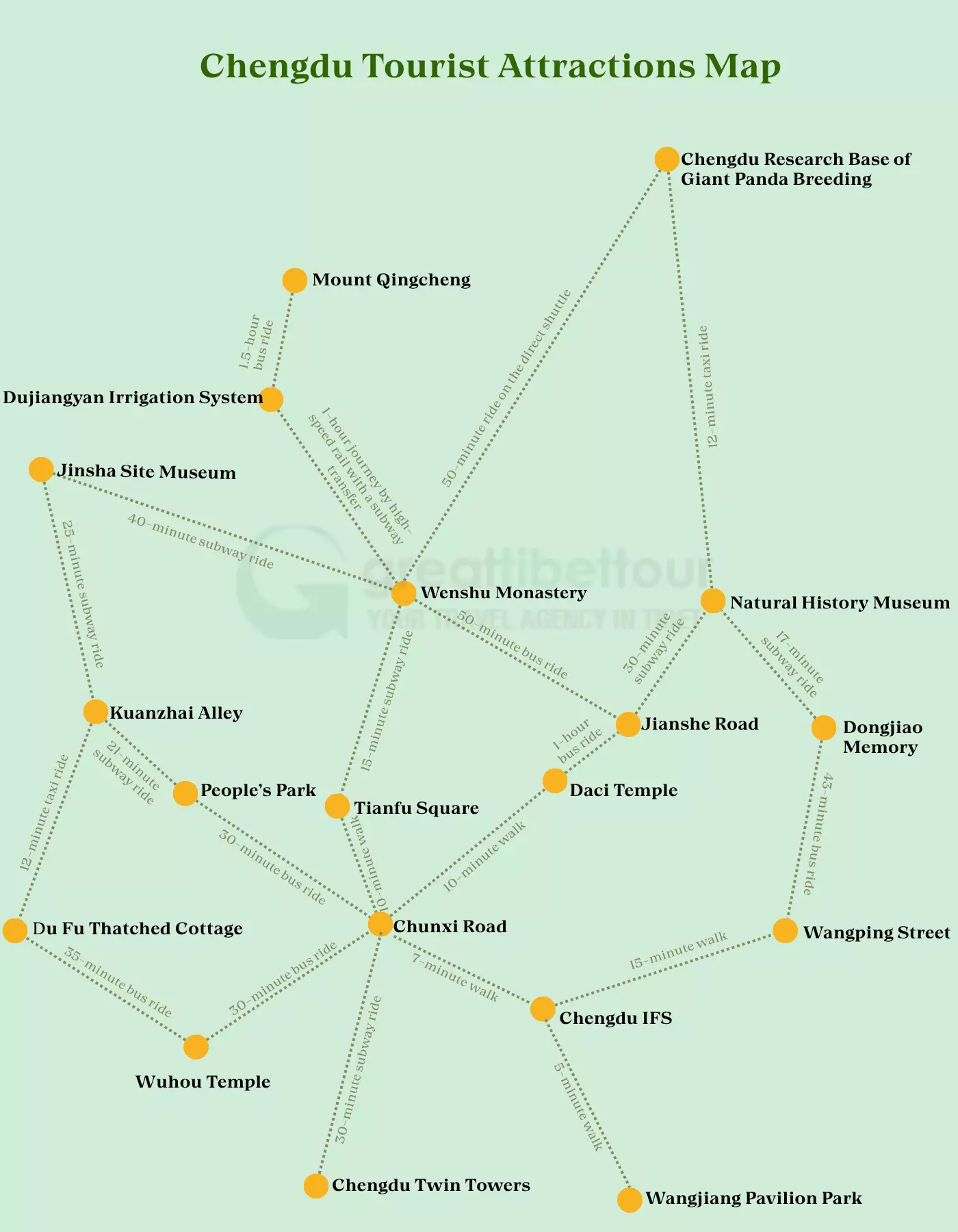
For most travelers, Chengdu is the ideal starting point for a trip to Sichuan. The city has well-developed transportation, with both Chengdu Shuangliu International Airport and Chengdu Tianfu International Airport, as well as convenient high-speed rail and road networks. You can easily reach Chengdu by plane, high-speed train, or long-distance bus.
Currently, Chengdu offers plenty international direct flights connecting to Europe (eg. London, Paris, Madrid), Oceania (eg. Melbourne, Sydney), North America (eg. New York, Los Angeles), the Middle East (eg. Dubai, Doha), as well as East Asia and Southeast Asia (eg. Seoul, Tokyo, Singapore, Kuala Lumpur, Bangkok, Hanoi). Direct flights are also available to Hong Kong, Macau, Taiwan, and other regions, making travel convenient.
Flights from major Chinese cities to Chengdu take only 1.5 to 3 hours, such as from Beijing, Shanghai, Xi'an, Guangzhou, etc. Chengdu's high-speed rail also connects to major cities across the country, such as Xi'an (3–4 hours), Chongqing (1.5–2 hours), Beijing (8–10 hours), and Shanghai (around 11 hours). For nearby tourist cities, travel is mainly by high-speed train or bus, and for popular attractions like Jiuzhaigou and Daocheng Yading, you can also take a direct flight. Within Chengdu, you can get around easily by metro, bus, or taxi.
Don't Miss the Only in Sichuan Experience
Sichuan offers an unforgettable mix of unique cultural, culinary, and natural experiences. From meeting giant pandas to exploring ancient temples and enjoying world-renowned cuisine, every moment in Sichuan is a treasure.
Watch Giant Pandas
A trip to Sichuan is incomplete without seeing the national treasure, the giant panda. As the homeland of the panda, Sichuan is home to four major panda reserves: Chengdu Research Base of Giant Panda Breeding, Dujiangyan Panda Valley, Wolong Shuping Base, and Ya'an Bifengxia Base. The Chengdu, Dujiangyan, and Ya'an bases offer educational and volunteer programs, allowing visitors to participate in daily panda care activities such as cleaning, food preparation, and more, offering a unique and hands-on experience.
Experience Multiculturalism
Sichuan is a melting pot of diverse cultures. The Sanxingdui and Jinsha archaeological sites showcase the glory of the ancient Shu civilization, with astonishing bronze artifacts, golden masks, and the Sunbird gold ornament. In Wuhou Temple and Langzhong Ancient City, you can feel the deep history of the Three Kingdoms culture. Sichuan also has a rich tea culture, and you can enjoy a traditional tea ceremony and watch tea art performances at Chengdu’s People’s Park, experiencing the leisurely lifestyle of the Sichuanese.
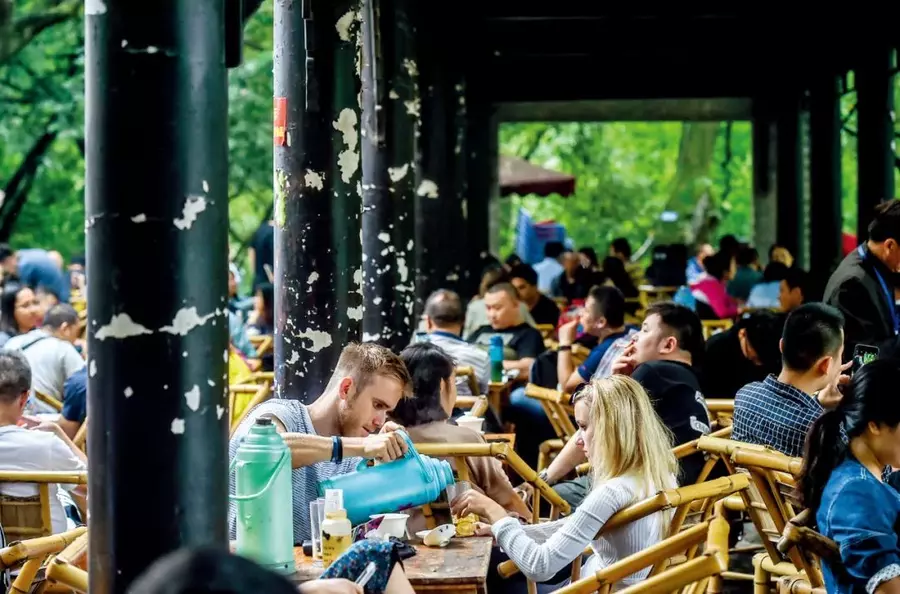
Explore Religious Culture
Sichuan is an important cradle of Chinese Buddhism and Taoism, with profound religious heritage. Mount Emei, one of China’s four sacred Buddhist mountains, offers breathtaking views of the sea of clouds and the sacred Buddha light at its summit. Nearby, the Leshan Giant Buddha, the world’s largest stone-carved Maitreya Buddha, stands awe-inspiring. Mount Qingcheng, a famous Taoist mountain known for its tranquil beauty, is an excellent place to explore Taoist culture and architectural aesthetics. Chengdu's Qingyang Palace is known as the "First Taoist Temple in Western Sichuan" and is said to be the place where Laozi gave teachings. Baoguang Temple, Wenshu Monastery, Zhaojue Temple, and Daci Temple are the four great Buddhist temples in Sichuan, with thriving incense offerings.
Savor the Culinary Feast
Sichuan cuisine is a must-try, from the spicy and fragrant hotpot to various street snacks like dan dan noodles and Couple's Lung Slices (夫妻肺片), each dish reflects the Sichuanese love for food. Sichuan cuisine, one of China’s eight major culinary traditions, is famous for its "mala" (麻辣) flavor, featuring bold, spicy, and savory tastes with diverse cooking techniques. In Chengdu, you can enjoy authentic Sichuan flavors and even participate in cooking classes at the Sichuan Cuisine Museum to experience the charm of Sichuan cuisine firsthand.
Enjoy Sichuan Opera Performances
Sichuan opera is one of the oldest forms of Chinese opera, famous for its vivid and humorous performances, as well as its exquisite face-changing, fire-spitting, and acrobatics. In Chengdu’s Shu Feng Ya Yun Theater, Gaiwan Liyuan Teahouse, Jinli Street, or Kuanzhai Alley, visitors can enjoy spectacular plays adapted from classical novels and folk legends, while experiencing the unique charm of this national intangible cultural heritage up close.

Do I Need a China Visa?
When planning a trip to Sichuan, the first consideration should be the visa requirements. Firstly, travelers from visa-free countries do not need a visa. Secondly, Sichuan offers a 240-hour transit visa exemption policy. Citizens from 55 countries, including Russia, Brazil, the United Kingdom, the United States, Canada, Indonesia, and others, holding valid international travel documents and confirmed tickets with designated dates and seats, can apply for a 240-hour visa-free transit when passing through Chengdu Shuangliu International Airport or Chengdu Tianfu International Airport en route to a third country or region (Hong Kong, Macau, or Taiwan). The visa-free stay covers 11 districts in Sichuan, including Chengdu, Leshan, and so on (excluding Ganzi and Aba). Thirdly, if you plan to visit areas in western or northern Sichuan, such as Huanglong, Jiuzhaigou, Daocheng Yading, Siguniang Mountain, Seda, or Ruoergai Grassland, and you are not from a visa-free country, it is recommended to apply for a tourist visa (L visa) in advance through a Chinese embassy or consulate abroad.
How Much Cash to Bring?
Traveling in Sichuan typically costs 500-800 yuan per person per day. Chengdu and popular attractions (e.g., Jiuzhaigou, Daocheng Yading) support Alipay and WeChat Pay, and you can link a foreign card to Alipay to reduce the need for cash. In remote areas like the Western Sichuan Plateau, signal coverage is weak, and some small shops only accept cash, so it’s advisable to carry 1,000-2,000 yuan for emergency use. July, August, and October are peak seasons with higher prices, so booking in advance can save costs.
Cellular Service
Sichuan has convenient communication networks, with mobile coverage in most core areas of popular scenic spots. Wi-Fi coverage is well-developed in Sichuan, especially in major cities like Chengdu, where hotels, shopping malls, and other public areas generally offer free Wi-Fi. Both Airports provide 24-hour WIFI services, as well as mobile SIM card purchases and mobile payment setup, with some operators offering short-term plans of 7 to 30 days. Please note, accessing foreign apps such as Google, Facebook, Twitter, Instagram, and WhatsApp requires a VPN in China.
Let Us Help You Plan Your Sichuan Trip
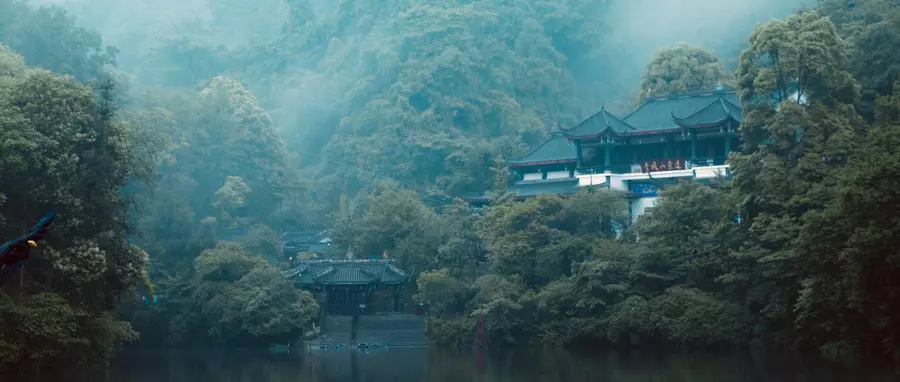
Want to know how to plan an unforgettable trip to Sichuan, including your favorite highlights? Our travel consultants can tailor-make itineraries and activities based on your needs, ensuring a worry-free journey. Contact us now!
Email response within 0.5~24 hours.


